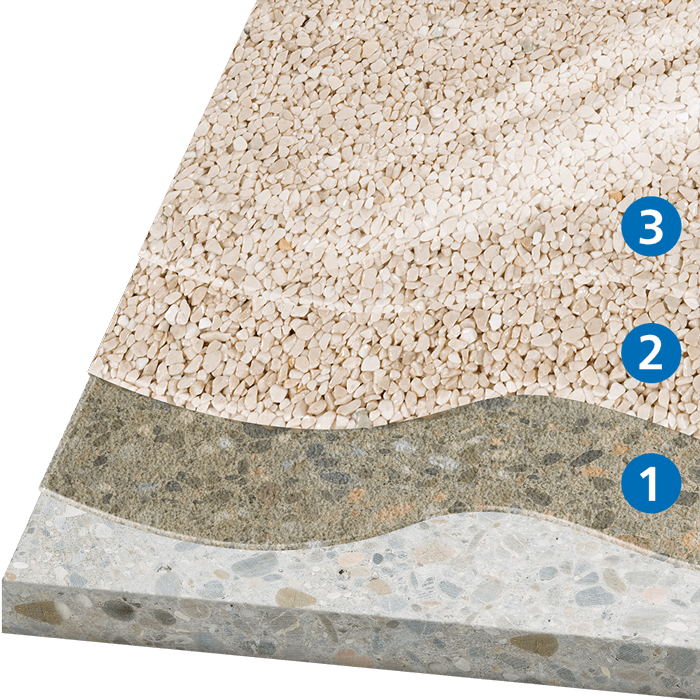Can Carpet Be Stretched Without Moving Furniture?
Carpet stretching is a vital maintenance task for ensuring the longevity and safety of your flooring. Over time, carpets can loosen, leading to unsightly wrinkles and ripples. These imperfections not only diminish the appearance of your home but can also create tripping hazards. A common query among homeowners is: Can carpet be stretched without moving furniture? The answer is yes, but it depends on the specific circumstances and methods used.
What Is Carpet Stretching?
Carpet stretching is the process of pulling a loose carpet tight and re-securing it to the floor. This restores its smooth appearance, prevents further damage, and enhances safety. Professional carpet stretching typically requires specialized tools like a power stretcher or knee kicker.
Traditionally, the best results are achieved when the room is cleared of all furniture. However, many homeowners wonder if it’s possible to stretch the carpet without moving heavy items.
Is It Possible to Stretch Carpet Without Moving Furniture?
Yes, carpet can be stretched without moving all the furniture, but this approach has limitations. Professionals often use techniques to work around furniture, especially for minor adjustments or small problem areas. The success of this method depends on:
- The size and weight of the furniture.
- The location and extent of the loose carpet.
- The expertise of the professional and tools available.
For significant repairs or large wrinkles, moving at least some furniture may be necessary to achieve optimal results.

Benefits of Stretching Carpet Without Moving Furniture
Stretching carpet without moving furniture offers several advantages:
- Convenience: Avoids the hassle of relocating heavy or bulky items.
- Time-Saving: Reduces preparation time required for the process.
- Cost-Effective: Eliminates the need for additional labor to move furniture.
This approach can be especially appealing for those with heavy, immovable furniture or limited storage space for temporarily relocated items.
Limitations of Stretching Carpet Around Furniture
While this approach is convenient, it has some drawbacks:
- Limited Access: Furniture can obstruct problem areas, leading to incomplete stretching.
- Uneven Results: Heavy furniture may prevent achieving uniform tension across the carpet.
- Increased Risk: Tight spaces can lead to accidental damage to the carpet or furniture.
It’s essential to weigh these limitations against the benefits when deciding on the best course of action.
Key Tools Used for Carpet Stretching
| Tool | Purpose |
|---|---|
| Power Stretcher | Ensures strong and even tension |
| Knee Kicker | Ideal for smaller spaces and adjustments |
| Carpet Tucker | Secures edges along walls or baseboards |
| Seam Roller | Smooths out seams for a flawless finish |
How Professionals Stretch Carpet Without Moving Furniture
When working around furniture, professionals follow these steps:
- Initial Assessment: Inspect the carpet to identify loose areas and potential obstructions.
- Repositioning: Shift lighter furniture to create access to problem areas.
- Strategic Stretching: Use tools like knee kickers and power stretchers to tighten the carpet in accessible sections.
- Securing Edges: Reattach the stretched carpet to the floor, trimming excess material if needed.
By strategically working around furniture, professionals can address the most critical areas while minimizing disruption.
Situations Where Moving Furniture Is Necessary
In some cases, moving furniture is unavoidable. Here are scenarios where relocation is essential:
- Extensive Damage: Large wrinkles or widespread loosening require full-room access.
- Heavy Furniture: Items like pianos or large wardrobes can block key areas.
- Complete Coverage: For a thorough job, the entire room must be cleared.
- Delicate Furniture: Fragile or valuable pieces should be moved to avoid damage.
If these conditions apply, clearing the room ensures optimal results and prevents further complications during the stretching process.
Tips for Homeowners: Stretching Carpet Without Moving Furniture
If you’re considering this approach, here are some helpful tips:
- Remove Smaller Items: Clear the room of small decor items and clutter.
- Shift Lightweight Furniture: Move chairs, tables, and other light items to one side of the room.
- Communicate with Professionals: Discuss your needs and limitations with the technician.
- Set Realistic Expectations: Understand that results may not be as perfect as stretching an empty room.
For best results, ensure you hire a professional experienced in working around furniture.
Pros and Cons of DIY Carpet Stretching
Pros:
- Cost Savings: Avoid labor fees by doing it yourself.
- Flexibility: Work on your own schedule.
- Skill Building: Learn new techniques and gain experience.
Cons:
- Limited Tools: DIY kits may not match professional-grade equipment.
- Risk of Damage: Improper stretching can worsen the problem.
- Time-Consuming: DIY tasks often take longer than expected.
Alternative Solutions to Carpet Stretching
If stretching the carpet without moving furniture isn’t feasible, consider these alternatives:
- Partial Furniture Relocation: Move only the largest or most obstructive items.
- Spot Repairs: Address specific wrinkles or loose areas instead of the entire carpet.
- Carpet Replacement: For old or heavily damaged carpets, replacement may be a better option.
Each solution comes with its pros and cons, so evaluate them based on your specific needs and budget.
Case Studies: Carpet Stretching Scenarios
To illustrate the process, here are two examples:
- Case 1: A living room has small wrinkles near the center. The furniture is shifted slightly, and a professional uses a knee kicker to stretch the carpet. This resolves the issue with minimal disruption.
- Case 2: A bedroom carpet has significant ripples across the floor. The homeowner moves all furniture out of the room, allowing comprehensive stretching with a power stretcher. The result is a flawless finish.
Practical Considerations for Heavy Furniture
Large, heavy furniture is often the biggest challenge in carpet stretching. Professionals may use sliders or lifting tools to shift these items slightly, providing enough access to address problem areas. However, some furniture may need to be temporarily relocated for best results. DIY attempts with heavy items should be approached cautiously to avoid injury or damage.
For homeowners with limited mobility or resources, hiring a professional ensures that the job is done safely and effectively.
Wrapping It Up: Making the Right Choice
So, can carpet be stretched without moving furniture? While it’s possible, the success of this method depends on the specific circumstances. Minor adjustments can often be made without fully clearing the room, but extensive repairs or a flawless finish typically require moving furniture. Consulting a professional is the best way to determine the most effective approach for your situation.
Ultimately, the decision comes down to balancing convenience, cost, and the desired outcome. Whether you opt for professional services or attempt a DIY solution, understanding the process will help you make an informed choice that suits your needs. If done correctly, stretching your carpet will restore its appearance, enhance safety, and extend its lifespan.







